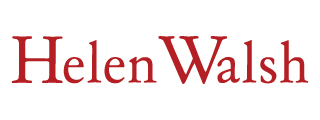Edition 28: LA’s Eastside, John Waters and the Danger of Romanticization.
Eastside Los Angeles.
Last month I spent a very happy week in LA, staying for the first time east of the Los Angeles River and downtown, in a community called Montecito Heights. Overlooking the mountains, the apartment offered stunning sunsets:

The area was home to the Gabrielino Indians for more than two thousand years, then controlled by the Spanish in the late eighteenth century, with Mexican and American ranchers taking control of the land for much of the following century.
The many distinct communities that make up the Eastside and North East LA were established as ethnoburbs in the late 19th and early 20th centuries – for example, the Italians in Lincoln Heights, the Eastern European, Jews and Japanese in Boyle Heights. Both communities subsequently developed to be very much at the heart of LA Latinx culture, as has much of the Eastside.
It was on the streets in 1970 that the The National Chicano Moratorium protests took place, when 20,000-30,000 demonstrators protested the disproportionate number of Mexican-American troops killed or injured during the Vietnam War.
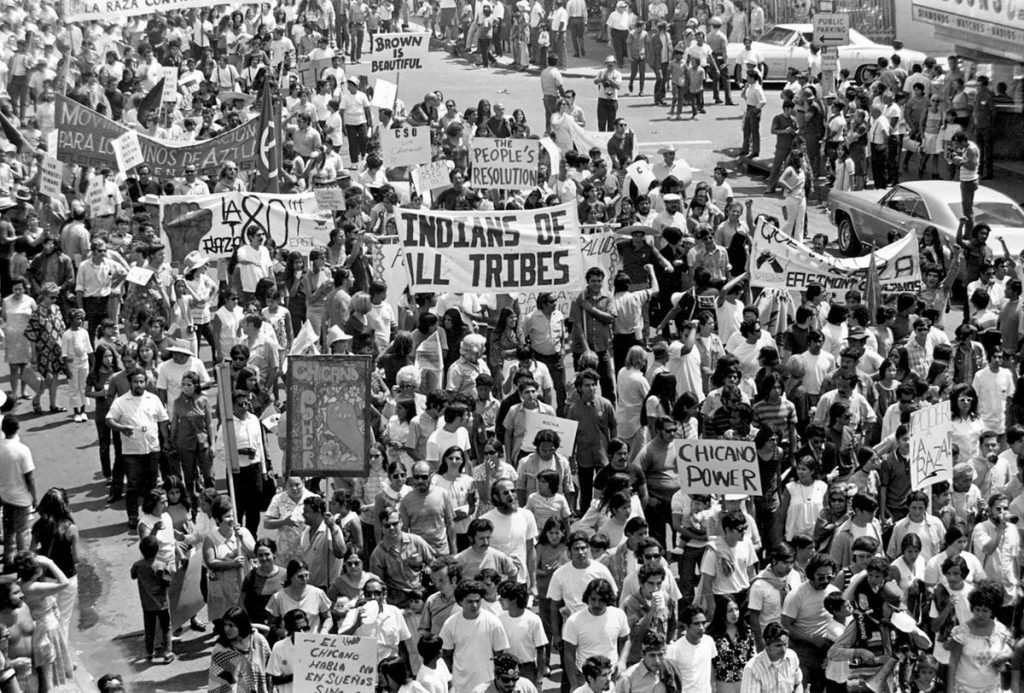
It was also here that the 1988 crime movie Colours, starring Sean Penn and Robert Duvall, was filmed. Gang members were hired as security and as extras, with two of them shot on-location. (Infamously, Penn was arrested for punching an extra who had the temerity to take photos of him without permission.)
That year also saw the release of Stand and Deliver by Ramón Menéndez, based on the true story of Eastside high school maths teacher Jaime Escalante, played by Edward James Olmos (nominated for an Oscar for that role).
Nowadays gentrification is a bigger threat than the Crips and the Bloods.
I’ve spent a fair amount of time in LA, either for work or pleasure. But I’d never stayed on the Eastside, and friends, I have to say, I loved it.
From the hipster food havens that are Silverlake and Echo Park, to century homes in hilly Montecito Heights and Mount Washington, to the shops of Highland Park (historically a very important enclave for the artists and intellectuals in the Arts and Craft movement), it was great to explore.
I also appreciated the proximity to tourist attractions I’d never visited before, because the trek was too far from Santa Monica where I’d normally stay.
The Huntington.
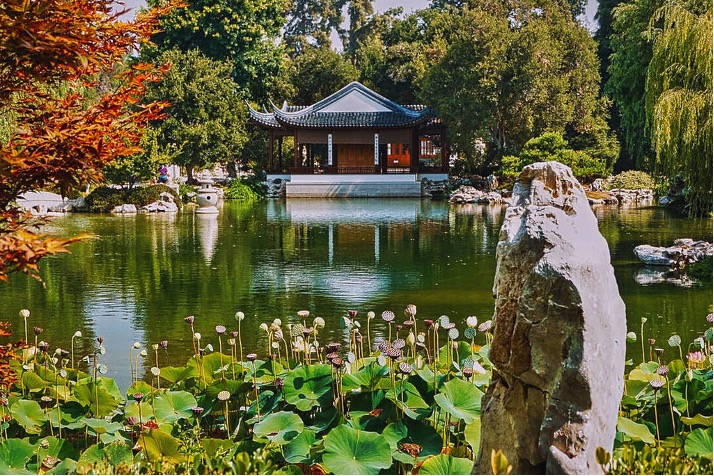
The Huntington Library, Art Museum and Botanical Garden is a stunning 120-acre educational and research institution nestled in the San Gabriel Valley.
The library houses over 11 million rare books and manuscripts including a Glutenberg Bible, multiple Shakespeare and Ben Jonson folios, the papers of George Washington and Thomas Jefferson, a printing of the Declaration of Independence, the Ellesmere Manuscript of Chaucer’s Canterbury Tales, and more. I stood in front of the glass cases, gob-smacked by the proximity to such seminal work.
The Huntington’s sixteen specialized botanical landscaped gardens – including the Japanese Garden, the Chinese Garden, The Desert Garden – also amaze, with their 83,000 plants, greenhouses and labs dedicated to botanical conservation and research.
I found the art collections less impressive although I appreciated seeing Gainsborough’s “The Blue Boy.”
The Arboretum.

The Arboretum, a 127-acre botanical garden located in what was historic Rancho Santa Anita, also delighted in its multiple themed gardens and greenhouses, the 1885-era Queen Ann Cottage, and the many free-range peacocks!
The vast grounds are ideal for film shoots, and over the decades many TV/film productions have taken advantage of it, including Fantasy Island, the Road to Singapore and Roots: The Next Generation. The day we visited Paramount+ had set up a fake military graveyard for an episode of SEAL Team.
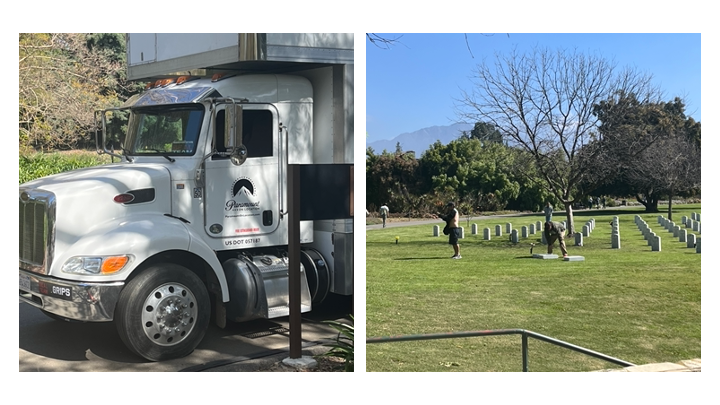
Malibu.
My rhythm for the week was to get up early, write for four hours then set off to see friends or have an adventure. One day that included saying hello to the ocean and lunch at Malibu Farm Restaurant.
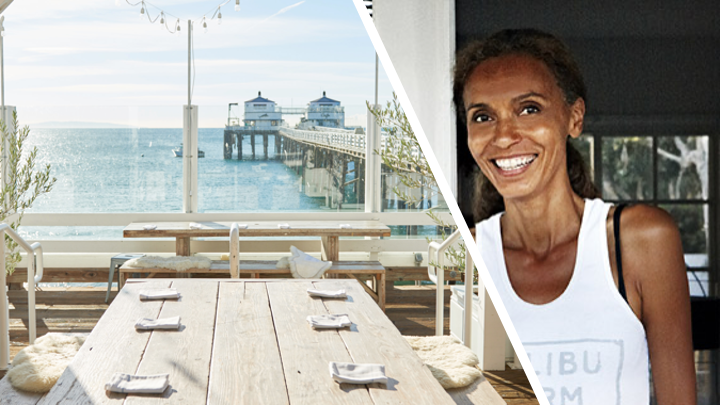
Malibu Farm is an extraordinary success story, started by Chef Helene Henderson, now with locations in Malibu (restaurant + café), Newport Beach, San Diego, Tiburon (Marin County, north of San Francisco), as well as Hawaii, New York and Japan, with more sprouting all the time.
I have both Helene’s cookbooks and adore their local, whole-food plant-based approach, although the restaurant also serves sustainable fish and some meat. Nothing feels more California than to sit on the pier and dig into a hummus and crudité plate full of vegetables grown on Helene’s farm.
Just up the Coastal Highway is the Malibu Shopping Centre, a single level, outdoor collection of stores including fantastic indie Malibu Village Books.
I was so happy to see this shelf of novels nominated for the Carol Shields Prize for Fiction including Janika Oza’s A History of Burning and Anuja Varghese’s Chrysalis, both of whom are alumni of Diaspora Dialogues.

Downtown.
The current level of homelessness in LA is shocking, with an estimated 75,000 people without shelter on any given night. That people remain unhoused in any wealthy place feels inconceivable, and to see block after block after block of tents or people living in cars or under tarps is to bring it home in a very visceral way.
Ironically, there was a film production team pulling their equipment out of a skid-row hotel as we walked by.
On the one-hand, it seemed authentic to use the very locations the show is about. On the other it seemed exploitative, for the same reason I didn’t take any photos – these are people’s lives, not a gaping or educational opportunity.
While downtown, we visited The Last Bookstore, LA’s largest book and record store. Part community hub, part bookstore, there’s a DJ spinning tunes, couches to hang and read or listen, a café, as well as communal shops and a chill vibe.
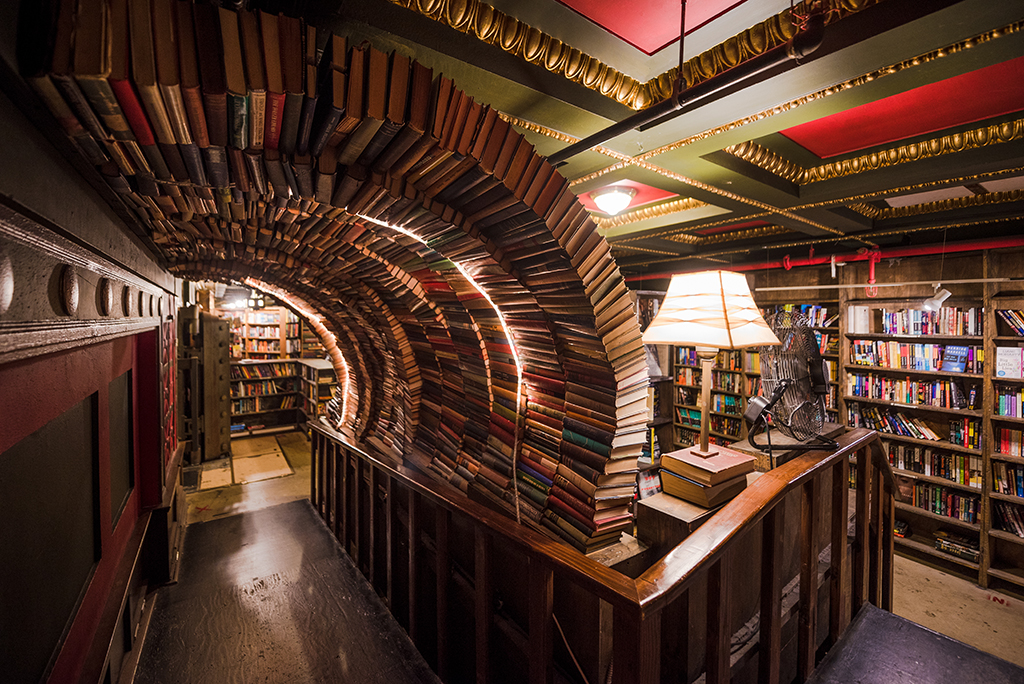
Some people love to hate on LA, stereotyping it as a vacuous movie town, but of course there’s a real city underneath, home to 4 million people. Not to mention a great indie filmmaking and literary scene, including bookstores such Skylights Books, Vroman’s, Larry Edmund’s, Tia Chucha’s, and Diesel (currently for sale if any of you are looking for a new stage of your life plan. . .)
Museum Mile: The Academy Museum + LACMA.

Traffic willing (which means almost never), it’s only a short drive from Montecito Heights to museum mile in downtown LA.
This stretch of Wilshire between Fairfax Avenue and La Brea houses the Academy Museum, the Craft Contemporary Museum, La Brea Tar Pits (fossilized saber-toothed cats, mammoths, dire wolves, and mastodons, among others), the Petersen Auto Museum and LACMA (the Los Angeles County Museum of Art).
The Academy Museum provides a fascinating look at the history of film. One special exhibit currently running is John Waters: Pope of Trash.
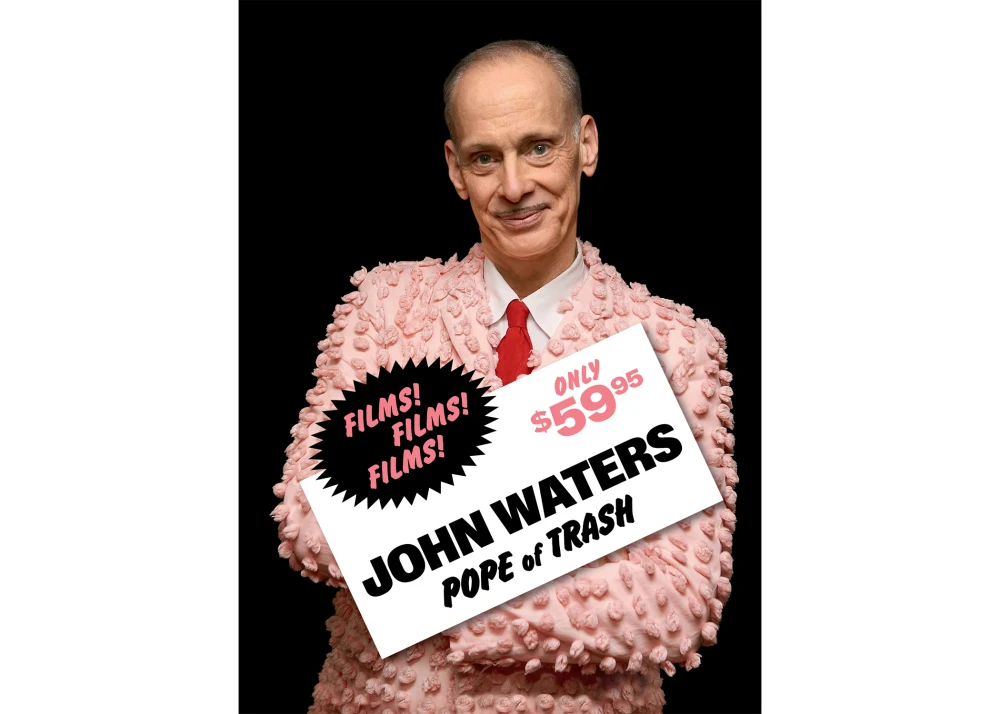
It’s the first comprehensive exhibition to profile Waters’ filmmaking, key themes and styles – that signature combo of high-brow art and exploitation films, plus his later foray into a more mainstream sensibility.
There are film clips, as well as costumes, set decoration, props, his notes and handwritten scripts, posters, concept designs, correspondence, scrapbooks, photos and more. An adjacent exhibit contextualizes his work within contemporary and subsequent film movements.
An homage to a filmmaker that the academy has yet to honor with an Oscar nomination, and whose entire oeuvre rejects the film elitism embodied by the Academy Awards.
Rarely have I seen museum-goers enjoy themselves so obviously at an exhibit, grouped on benches watching the film clips, laughing with abandon. Perhaps feeling themselves seen and understood in his work.
In 2020, Waters donated hundreds of artworks from his personal collection, including art by Andy Warhol, Cy Twombly and Cindy Sherman to the Baltimore Museum of Art. In recognition of the gift he asked they name an all-gender bathroom after him. Classic Waters.
The Danger of Romanticization.
Waters work has been called ‘imperfect cinema’ in its refusal to offer up a shiny, packaged version of life, instead embracing the bleak and the strange. Nothing irks him quite like others telling him what’s appropriate, his startlingly original work a cri de coeur against the tyranny of good taste and accepted opinion.
“If we can get our enemies to laugh, we can get them to listen.”
In Canada, the federal government has proposed a draconian new law whose purported intent is to combat online hate speech, a very important goal. But the over-reach is shocking, ‘Orwellian’ according to Margaret Atwood. It would include an amendment to the criminal code to make an offence of speech punishable by life imprisonment, where secret hearings can be held not bound by any legal or technical rules of evidence.
Cue the Stasi.
“What is the freedom of expression? Without the freedom to offend, it ceases to exist.”
Salman Rushdie’s question has been often been on my mind the past year, between the surge in book banning, Rushdie’s own recent memoir KNIFE, campus protests and opposing accusations of censorship, and the controversy tearing apart PEN America about what should be that organization’s reaction to the horrific situation in Gaza.
I don’t have a definitive answer to any of it – and neither do you.
I reject the notion there is one objective truth, one acceptable narrative, that seeing complexity is inherently complicit. But simultaneously I believe that real change happens along a continuum – that you need the protestors in the streets as much as you need change-makers inside institutions and those writing thoughtful analysis after the fact.
A Tamil scholar and translator said to me recently that we must be careful when presenting narratives about violent conflicts to offer context but not to romanticize them.
As an Irish citizen, I am very conscious of the truth in her statement. The vicious murders and intimidation by the IRA during The Troubles is as indefensible as those by the British, not to mention their later devolvement into a criminal enterprise that traffics drugs, guns and women and murders journalists.
I suspect history will evaluate our current period as epochal, poised as we are amidst deep divisions about what it means to be a citizen in this world. Or maybe not. Perhaps I’m just not old enough yet to appreciate the full sweep of history; perhaps this moment is no different than the thousands of years of humankind’s failing – and trying again – that have come before us.
I don’t know. But I do hope together we can lurch towards dialogue over diatribe, seeking to understand if not agree with each other’s positions instead of flinging value judgements. Because that seems the only real path forward, in the absence of some giant Vulcan mind meld where we suddenly all think as one.
Bye for now. Thank you for joining me for this twenty-eighth edition of Letterbox. Stayed tuned for my next newsletter about art in the City of Brotherly Love.
Some LA suggestions for you!
Where to stay: the apartment I rented in Montecito Heights which was fantastic: https://www.airbnb.ca/rooms/41139998?source_impression_id=p3_1713739392_mc9JPaLO5R4rqk%2Fy
I’ve also stayed frequently at the Fairmont Miramar in Santa Monica; Shutters on the Beach (only if expensed by a work project); Loews Santa Monica Beach Hotel (can usually get a 50% deal on Hotwire or Expedia the week of) and Petit Ermitage in West Hollywood, which is super funky complete with rooftop pool and bar, but not cheap.
Where to eat: Amazing restaurants on the Eastside include:
Botanica Restaurant, Silverlake
Bulan Thai Vegetarian Kitchen, Silverlake
Rosty Peruvian Food, Highland Park
Hippo, Highland Park
Kitchen Mouse, Highland Park
Queen Street Raw Bar & Grill, Eagle Rock
Malibu Farm Restaurant, Malibu
What to Visit: Primary focus on Downtown, Eastside, North-East LA, Pasadena
The Huntington Library, Art Museum, and Botanical Gardens
LACMA, The Los Angeles County Museum of Art
Frank Lloyd Wright’s Hollyhock House
The Getty Centre (north of Brentwood) and the Getty Villa (Malibu)
